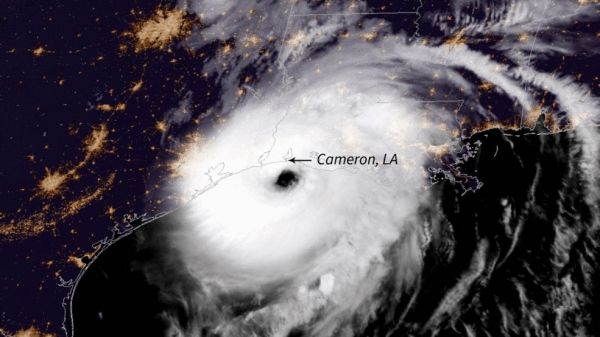In October 2015, Hurricane Patricia in the Northeast Pacific Ocean blew up from a Category 1 storm into a Category 5 monster within 24 hours, its winds leaping from 86 mph (138 kph) to 207 mph (333 kph). Patricia wasn't the first or the last hurricane to suddenly strengthen in such a short time – but it was a spectacular demonstration of a phenomenon that has plagued meteorological forecasts for decades.
Accurately predicting whether a hurricane will undergo rapid intensification – where wind speeds increase by 35 mph (56 kph) or more within 24 hours – is incredibly difficult. But researchers led by scientists at NASA's Jet Propulsion Laboratory in Southern California have used machine learning to develop an experimental computer model that promises to greatly improve the accuracy of detecting rapid-intensification events.
"It's an important forecast to get right because of the potential for harm to people and property," said Hui Su, an atmospheric scientist at JPL. She and her colleagues, including a researcher at the National Oceanic and Atmospheric Administration's National Hurricane Center, described their forecast model in a paper published on Aug. 25 in the journal Geophysical Research Letters.
Continue reading at NASA Jet Propulsion Laboratory
Image via NASA Jet Propulsion Laboratory


